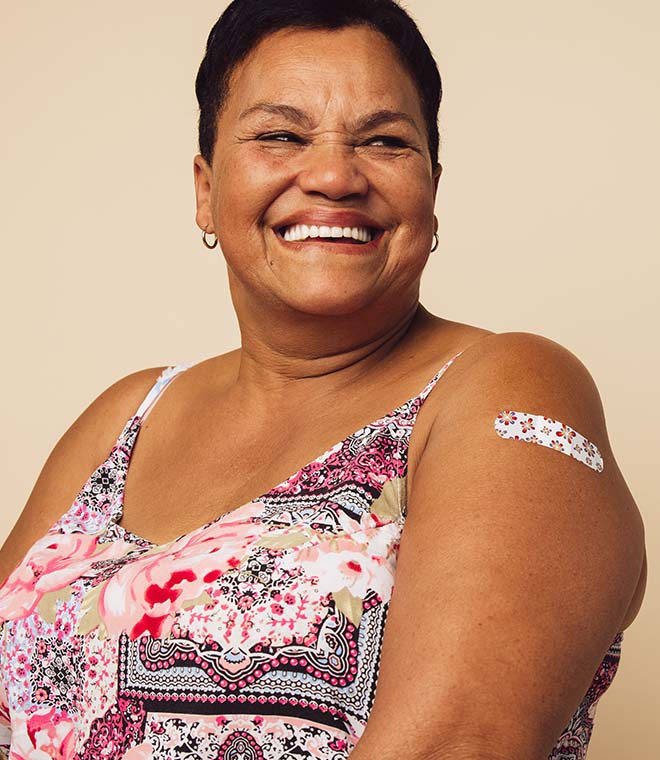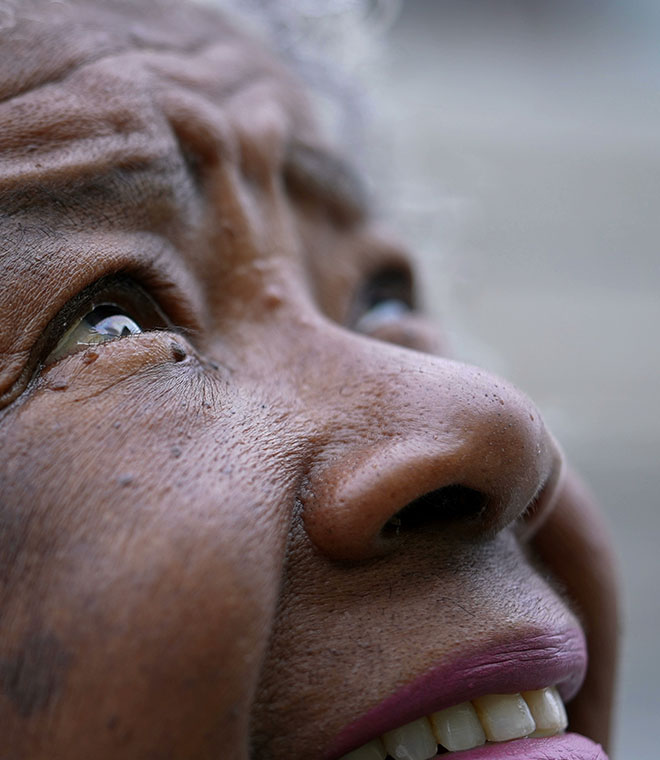Health
Shingles 101: Your questions answered
By Sonali G. Kshatriya, PharmD Sep 27, 2022 • 10 min
The rates of shingles in the U.S. are on the rise, and that doesn't refer to the shingles on your roof.
A vaccine is available to reduce your risk of becoming infected with shingles (herpes zoster), but it's still important to understand the shingles virus, shingles symptoms, causes of shingles, how to treat shingles and the shingles vaccine to prevent the disease. Spend a few minutes to get your shingles questions answered here in Shingles 101.
What causes shingles?
Shingles is caused by varicella zoster virus (VZV), the same virus that causes chickenpox. After a person recovers from chickenpox, the virus stays inactive in their body. The virus can reactivate later, causing shingles.
How do you get shingles and how do shingles start?
The first time a person is exposed to and infected by VZV, they will develop chickenpox. After the infection resolves, the virus remains inactive in a bundle of nerve cells and can reactivate later in life to cause shingles.
Who is at risk for getting shingles?
Almost all American adults over age 40 have been exposed to the chickenpox virus and are at risk for developing shingles. Shingles typically occurs in adults older than 50 years of age, and the risk further increases with age. People with weakened immune systems also have an increased risk of experiencing shingles and its complications, such as postherpetic neuralgia (PHN) and hospitalization. There are an estimated 1 million cases of shingles diagnosed yearly in the U.S. About 1 in 3 Americans will develop shingles during their lifetime.
Can you get shingles more than once?
Most people have only one episode of herpes zoster in their lifetime. However, second and even third episodes are possible. Receiving the shingles vaccine can reduce a person's risk of developing shingles.
What are the symptoms of shingles and what do shingles look like?
In the early stages of shingles, a person may experience an itchy, tingly or painful sensation several days before the rash appears. Some people also complain of headache, sensitivity to light, body aches and general lack of well-being prior to the formation of the rash. Rash is the most common feature of shingles. The rash is usually painful, itchy or tingly.
Where does shingles appear on the body?
People most commonly have shingles blisters or a localized rash appearing on one side of the trunk and shoulder area. People may also experience shingles on the back, scalp, face or neck. Other areas shingles may appear include the arms, hands or legs, and some people may even develop shingles in the eyes. In rare cases, it's possible to have shingles without a rash. The rash develops in new clusters every three to five days before drying and crusting over, typically in seven to 10 days, and fully clears up within four weeks.
Is shingles painful?
Besides the initial pain of the rash, the most common complication of shingles is persistent pain in the area of the shingles rash that can last well beyond the infection. This pain is called postherpetic neuralgia, or PHN. People often describe shingles pain as a burning or stabbing sensation. The risk of shingles pain increases with age and can also increase depending on the size and location of the rash and in people with weakened immune systems.
How long does shingles pain last?
PHN pain can last months or even years after the shingles infection has cleared up.
Is shingles contagious?
Shingles itself is not contagious. However, the varicella zoster virus that causes shingles is contagious, and if you have active shingles, you can spread the virus to another person, causing someone who has never had chickenpox or the chickenpox vaccine to develop chickenpox. A person with chickenpox is very contagious.
Can you get chickenpox from shingles?
People with active shingles can infect others who have never been exposed to the virus or received the chickenpox vaccine with chickenpox.
When is shingles contagious and how long is shingles contagious?
Individuals are considered contagious until their blisters are dry and crusted over, which takes two to four weeks. Help reduce the spread of shingles by not touching the rash and keeping it covered. During the contagious period, avoid contact with pregnant women who aren't protected against chickenpox, premature infants and people with weakened immune systems.
How to treat shingles
Patients always want to know how to get rid of shingles. Shingles treatment is usually started once a person is diagnosed, ideally within 72 hours of the start of the rash. Antiviral medications for shingles, such as acyclovir, famciclovir or valacyclovir, are often prescribed for one week or longer, if needed.
What can be used for shingles pain relief?
Shingles medications to help control pain, such as anti-inflammatories, steroids or opioids, may be used as needed. Home remedies for shingles are not typically advised, but over-the-counter pain relievers acetaminophen or ibuprofen may be recommended.
Special cases: Shingles in pregnancy and shingles in children
Shingles has always been uncommon among children. Since the routine chickenpox vaccination program started, the rate of shingles in children in the U.S. has been declining. Infected children typically have milder symptoms compared to adults.
While uncommon, pregnant women already exposed to the chickenpox virus can also develop shingles. Those exposed to shingles who are not immune to the chickenpox virus may develop chickenpox. Medical attention should be sought immediately if shingles or chickenpox is suspected during pregnancy.
The shingles vaccine
Shingles vaccination is the best protection against shingles and the lingering pain. There is currently one vaccine available for protection against shingles: Shingrix.
What is the shingles vaccine age recommendation?
A shingles vaccine is recommended by the Centers for Disease Control and Prevention (CDC) for all adults age 50 and older, and for individuals age 19 and older who are or will be immunodeficient or immunosuppressed because of underlying disease or therapy.
Is the shingles vaccine effective?
Two doses of Shingrix given two to six months apart is more than 90% effective in preventing shingles and postherpetic neuralgia.
Who should get the shingles vaccine?
The shingles vaccine is recommended for individuals age 50 and older with a healthy immune system, even if the person has received Zostavax for shingles in the past or has had a prior episode of herpes zoster. Individuals age 19 and older who are currently or will be immunodeficient or immunosuppressed because of underlying disease or therapy should also receive the shingles vaccine.
What are shingles vaccine side effects?
Expected side effects from Shingrix include pain, redness or swelling at the site where the injection is given, headache, fever, tiredness, muscle pain and stomach discomfort. Side effects should improve within two to three days.
Anyone who is allergic to the vaccine should not receive a shingles vaccine. Someone who has a weakened immune system due to a medical condition or medication or anyone who is interested in receiving the vaccine should talk to their pharmacist or healthcare provider to see if the shingles vaccine is the right choice for them.
What does the shingles vaccine cost?
The cost of the shingles vaccine may vary depending on availability and amount of coverage from insurance or Medicare. Your pharmacist or healthcare provider can answer any additional questions you may have on shingles or the shingles vaccine.
Clinically reviewed and updated March 2022.



